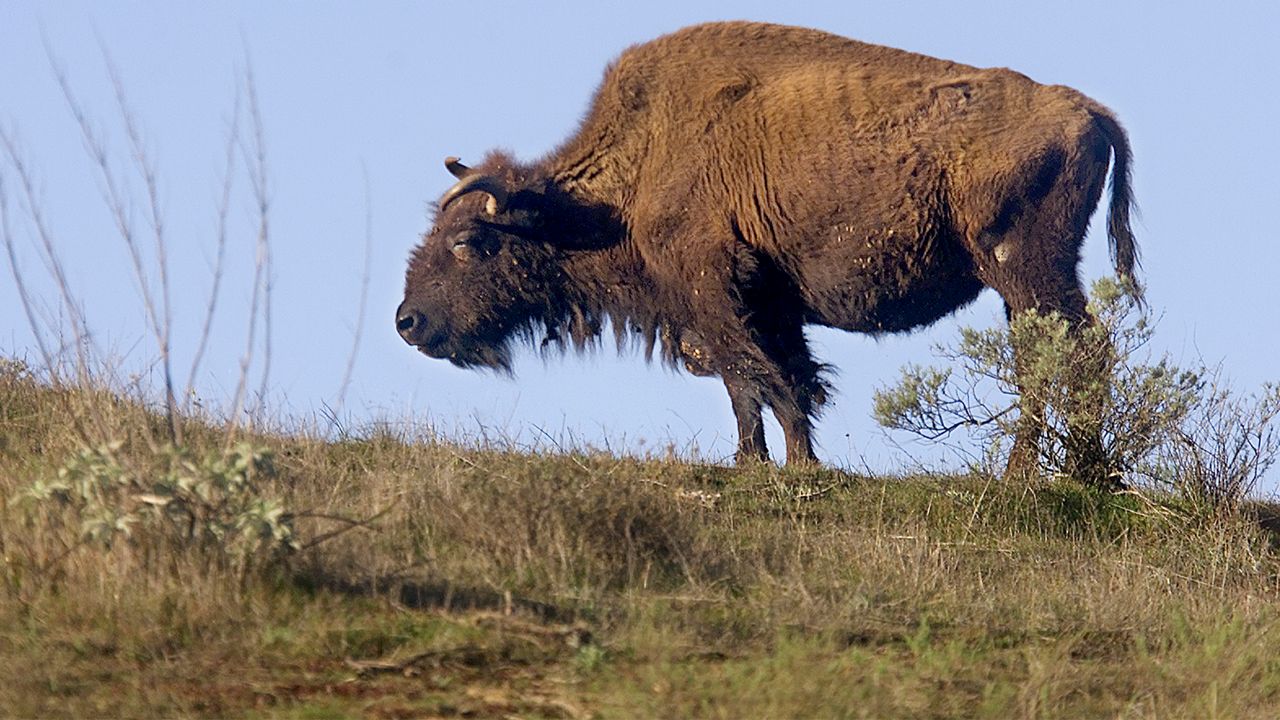COLUMBUS, Ohio — The Columbus Zoo and Aquarium announced that the Wilds, the Wildlife Restoration Foundation and the InterTribal Buffalo Council have successfully relocated 74 bison to the Cheyenne River Sioux Reservation in South Dakota.
The bison were previously in The Wilds' conservation center. The relocation is part of The Wilds' new bison conservation plans in hopes of improving the population.
"The transfer of these bison is a crucial step in our mission to restore this keystone species to its native range while respecting the profound cultural connections many tribes and communities have with the bison," said Vice President at The Wilds Joe Smith in a release. "This collaborative effort underscores the vital importance of bison in maintaining the health of prairie ecosystems and in supporting cultural heritage."
The Columbus Zoo wrote in a release that the American bison are critical for the health and diversity of prairie ecosystems. Prairies used to span more than 142 million acres in the U.S., but are now one of the most endangered, as there are less than 5% of the ecosystem remaining. Bison graze those lands, adding nutrients back into the soil and help created shallow wetlands that help amphibians and birds, plant species and more.
Bison are now near extinct because of over-hunting and westward expansion. While they are pivotal for prairie lands, they also play a role in the lives of Tribal nations across the Great Plains, which use bison for food, shelter, clothing, spiritual rituals and more, according to the Columbus Zoo.
The Wilds and its partners are working to transition a herd of around 150 bison on 600 acres into a prototype conservation herd, which is managed by a zoological institution, according to the Columbus Zoo. To achieve this, The Wilds is taking the following steps:
- Maintaining the natural herd structures and behaviors
- Ensuring genetic diversity and quality
- Implementing advanced herd management and health strategies
- Restoring native grasslands
- Enhancing public education and guest experiences
For more information, click here.



